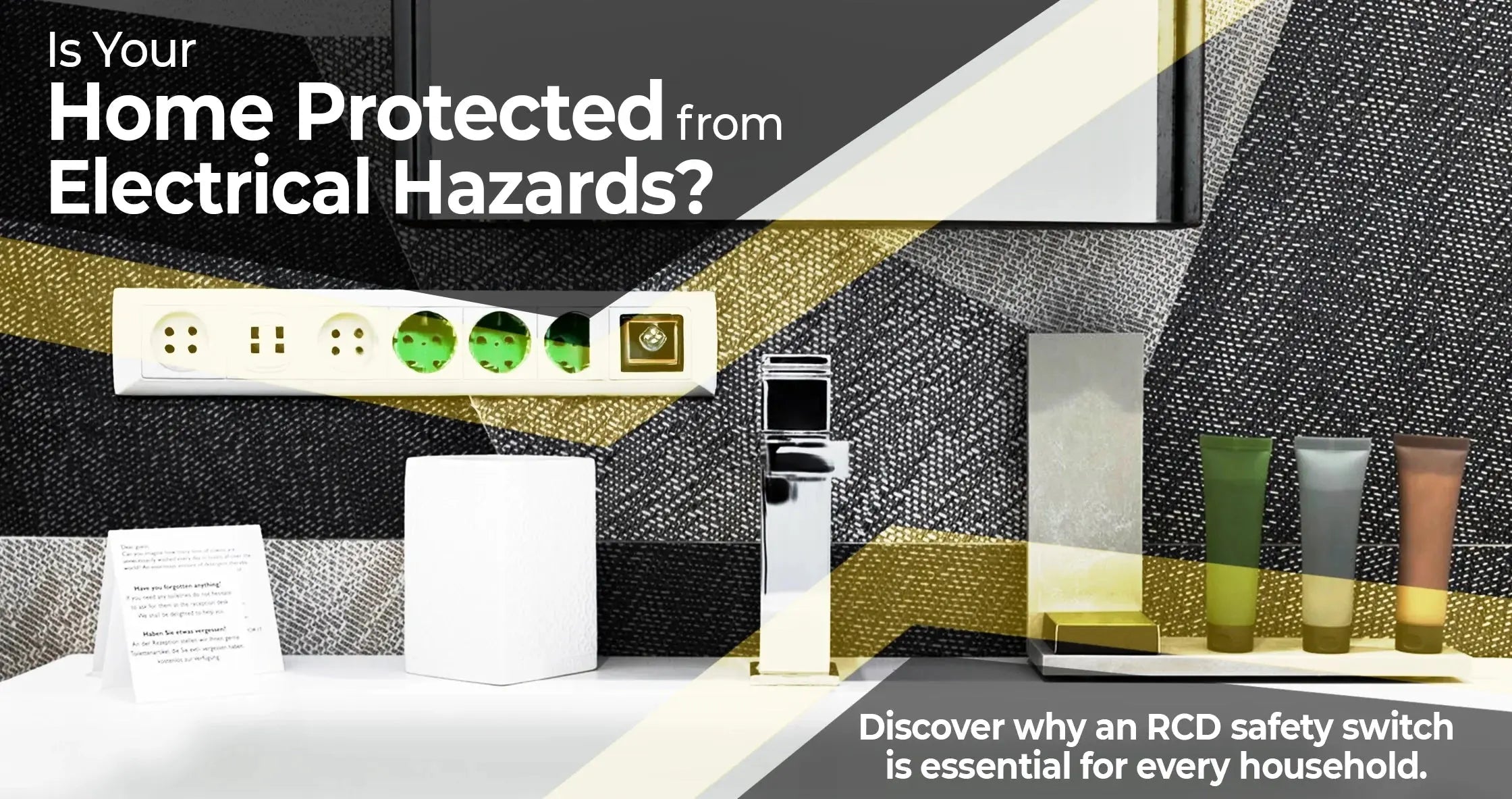Electricity is essential for powering homes, schools, and workplaces—but it also poses significant risks, including electric shocks and electrical fires. One of the most effective methods for mitigating these hazards is by installing a residual current device (RCD). Also known as an RCD breaker or safety switch, this electrical safety component monitors electricity flow and cuts power instantly upon detecting anomalies. Incorporating an RCD in your electrical system can save lives, particularly in areas exposed to moisture or prone to faulty appliances.
What Is a Residual Current Device?
A residual current device detects current leakage and shuts off power immediately. It compares the current entering a circuit to the current leaving it. If there’s an imbalance—often as little as 30 milliamps—it assumes leakage, potentially through a person, and quickly disconnects the circuit. This rapid response from an RCD significantly reduces the risk of severe injuries or fatalities, making RCD protection an essential safety measure for modern homes and businesses.
How Does an RCD Work?
An RCD breaker continuously monitors live and neutral wires in your electrical circuit. Normally, these currents are balanced. If the device detects even a small imbalance, typically within 30 milliseconds, it immediately trips to stop electrical flow. This swift reaction ensures electricity remains contained within safe paths, preventing potential shocks and electrical fires. Installing a safety switch adds critical protection, providing homeowners with peace of mind and increased electrical reliability.
Why RCD Protection Matters
Including residual current devices in electrical setups offers multiple benefits. Firstly, it significantly lowers the risk of electric shock, particularly in wet or damp areas such as kitchens, bathrooms, and outdoors. Secondly, it helps prevent electrical fires by detecting current leakage from damaged wiring or appliances. Many regions legally require RCD protection in new constructions and renovations. Ensuring your electrical safety with RCD breakers guarantees compliance with regulations and reinforces system dependability.
Types of Residual Current Devices
Different types of RCDs cater to specific applications, helping you select the right electrical safety device for your needs:
Type A RCD
A Type A safety switch detects both AC and pulsating DC residual currents. It's ideal for residential settings, protecting common appliances such as washing machines, power tools, and heating systems. Choosing a Type A RCD provides comprehensive protection suitable for typical home scenarios.
Type B RCD
A Type B residual current device detects smooth DC currents in addition to AC and pulsating DC currents. Commonly installed in setups with electric vehicle chargers, solar energy systems, and industrial equipment like variable speed drives, Type B RCDs provide advanced protection suitable for modern residential and commercial installations.
Installing an RCD Breaker at Home
A residual current device typically integrates into your main electrical panel through RCD breakers. These units safeguard all connected circuits from leakage and electrical faults. If your panel lacks an RCD breaker, upgrading it is strongly advised. Adding this simple yet critical component significantly enhances household electrical safety, protecting your loved ones and property from preventable electrical dangers.
Testing and Maintenance of Your RCD
Regular maintenance ensures your RCD functions effectively. Perform monthly tests by pressing the built-in test button. If the RCD trips, it’s operating correctly. If it doesn't, contact a qualified electrician promptly. Visually inspect your device regularly for moisture, corrosion, or damage. Typically, RCD breakers last about 10 years. Regular replacement maintains reliable protection and compliance with electrical safety standards.
Conclusion
A residual current device is crucial for modern electrical safety. By preventing electric shocks and significantly reducing fire risks, this vital electrical component protects both lives and property. Understanding RCD operation and ensuring regular maintenance guarantees ongoing protection and safety in your home or business.
Consider enhancing your electrical safety setup with reliable devices like the PoweRun Residual Current Device 4P 63A Q99556.
Frequently Asked Questions
What is the main purpose of an RCD?
An RCD protects against electric shock and electrical fires by disconnecting power when detecting current leakage.
How often should I test my residual current device?
Test your RCD monthly using the built-in test button to confirm it functions correctly.
Can an RCD be reset after tripping?
Yes, once the cause of the trip is addressed, reset the RCD. If it continues to trip, consult a licensed electrician immediately.


